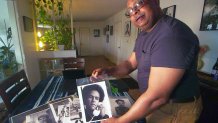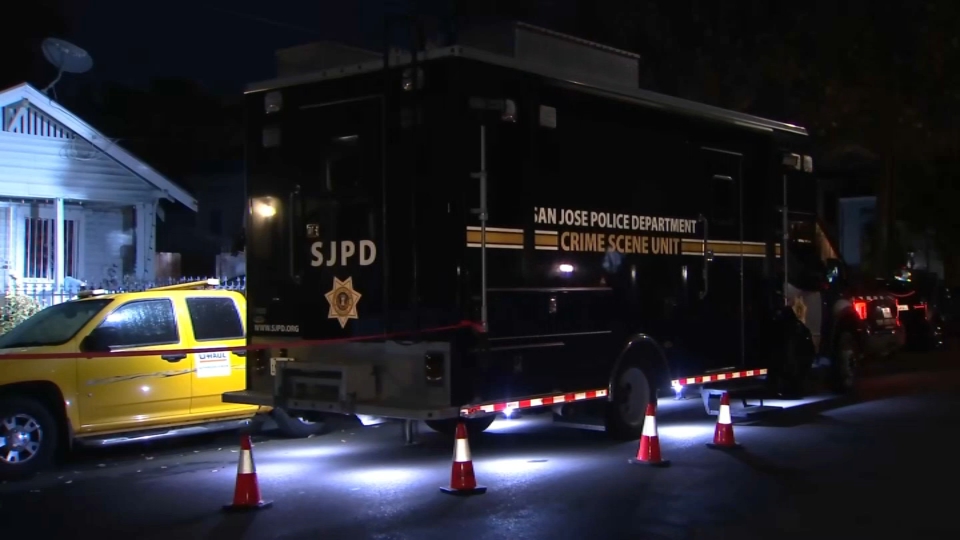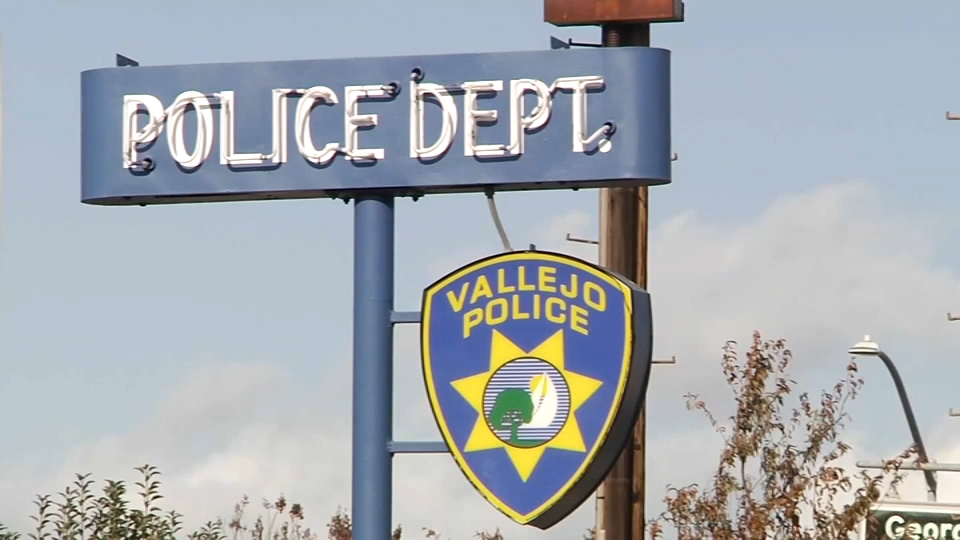It is not hyperbole to say Kenneth Green lived photography until his last breath.
His love for it began when he studied photography at Oakland’s Laney College in the 1960s. It ended on June 25, 1982, when the Oakland Tribune photographer was hit by a train trying to position himself for a better-than-average photo. In between, Green clicked tens of thousand photos documenting a giant swath of Black culture in the Bay Area.
“He took pictures all day, all night,” said his son, Kenneth Green Jr. “He died with a camera in his hand.”
An exhibition of Kenneth Green’s photography is currently on display in San Francisco’s Main Public Library titled Toward a Black Aesthetic. The exhibit features dozens of photos Green shot during the 1960s and 1970s — a small sliver of the images he captured in his lifetime as the Oakland Tribune’s first Black photographer.
“I know as a man he shot from his heart,” said Green Jr., who was 12 years old when his father died. “His photography had less to do with his ego than it had to do with the subject and the story that he was trying to tell.”
After joining the staff of the Oakland Tribune fresh out of college in 1968, Green set-about documenting the Bay Area around him — focusing on the Black cultural movement. He photographed the beginnings of the Black Panther Party and its dynamic founder Huey Newton. He snapped an iconic photo of Newton donned in a beret, and documented his criminal trials.
He photographed a young actor Danny Glover at the beginning of his career - and the boxer Muhammad Ali early in his ascent. He photographed activists Angela Davis and Kathleen Cleaver, and was on Alcatraz Island during the 1969 Native American occupation. As a Black man, Green gained access to a community that had been overlooked by established media outlets.
“They needed Black people to cover stories in the community,” Green Jr. said, “because white journalists didn’t really have that kind of permission.”

It’s probable Green also gained access to various communities because he was charismatic and genuinely interested in people’s lives. His wife was his main muse — appearing in dozens of his photographs — but Green Jr. said his father also photographed hundreds of other Black women. Many of those photos are featured in the new exhibition.
Get a weekly recap of the latest San Francisco Bay Area housing news. Sign up for NBC Bay Area’s Housing Deconstructed newsletter.
Local
“No one cared to document the Black woman during the Civil Rights movement,” Green Jr. said. “He had interests in making sure that Black people looked good and meaningful.”
When Green died, he left behind some 80,000 negatives in the vaults of the Oakland Tribune. As the newspaper began to purge much of its archives, Green Jr. was granted his father’s work. It wasn’t until recently he felt emotionally able to dive into the deep cache — his father coming into focus through the thousands of images.
“I’ve learned so much about who I am,” Green Jr. said in a deep mellifluous voice. “You basically have a panoramic vision from the day he stepped on the scene here in Oakland literally ‘till the day he died.”
In the family home in the Oakland Hills, Green Jr. scrolled through a laptop filled with his father’s images. There were numerous rallies and photos of a college fashion show with Green’s own photos hanging on the walls.
Green Jr. has begun a pilgrimage to eventually develop all 80,000 negatives. So far, the Oakland maritime worker has managed to fund the development of eleven-thousand photos.
“We have a lot of gems that we have yet to discover,” he said.
When asked what his father was like, Green Jr. paused. His own memories mixed with the accounts of others, as well as the enormous body of photography he amassed in a relatively short period. With each batch of newly-developed negatives, the son was getting to know his dad even more. Within the photos was a portrait of a photographer but also of a father.
“This has grown into an understanding of a man,” said Green Jr.,” who happens to be my dad.”



